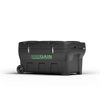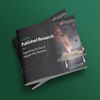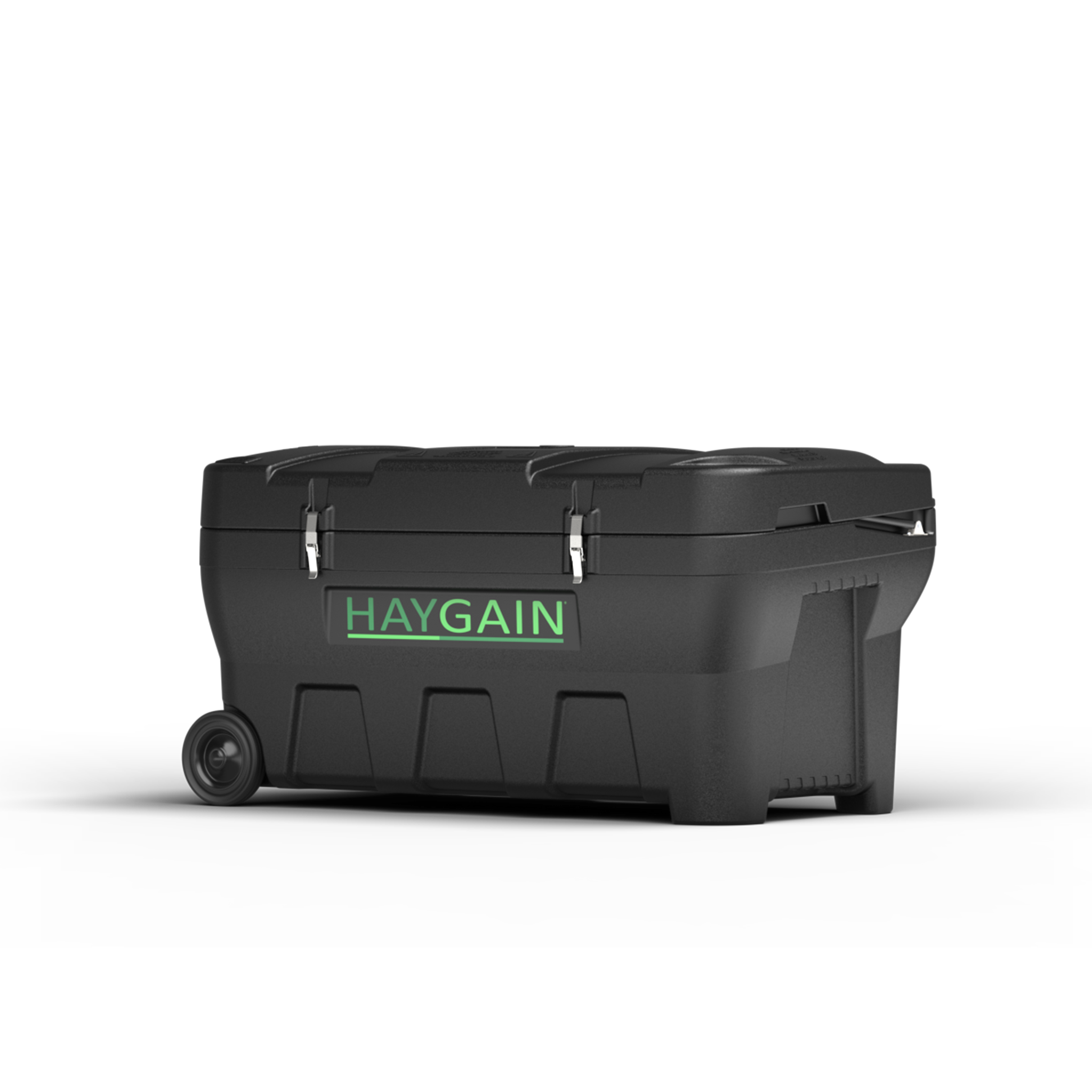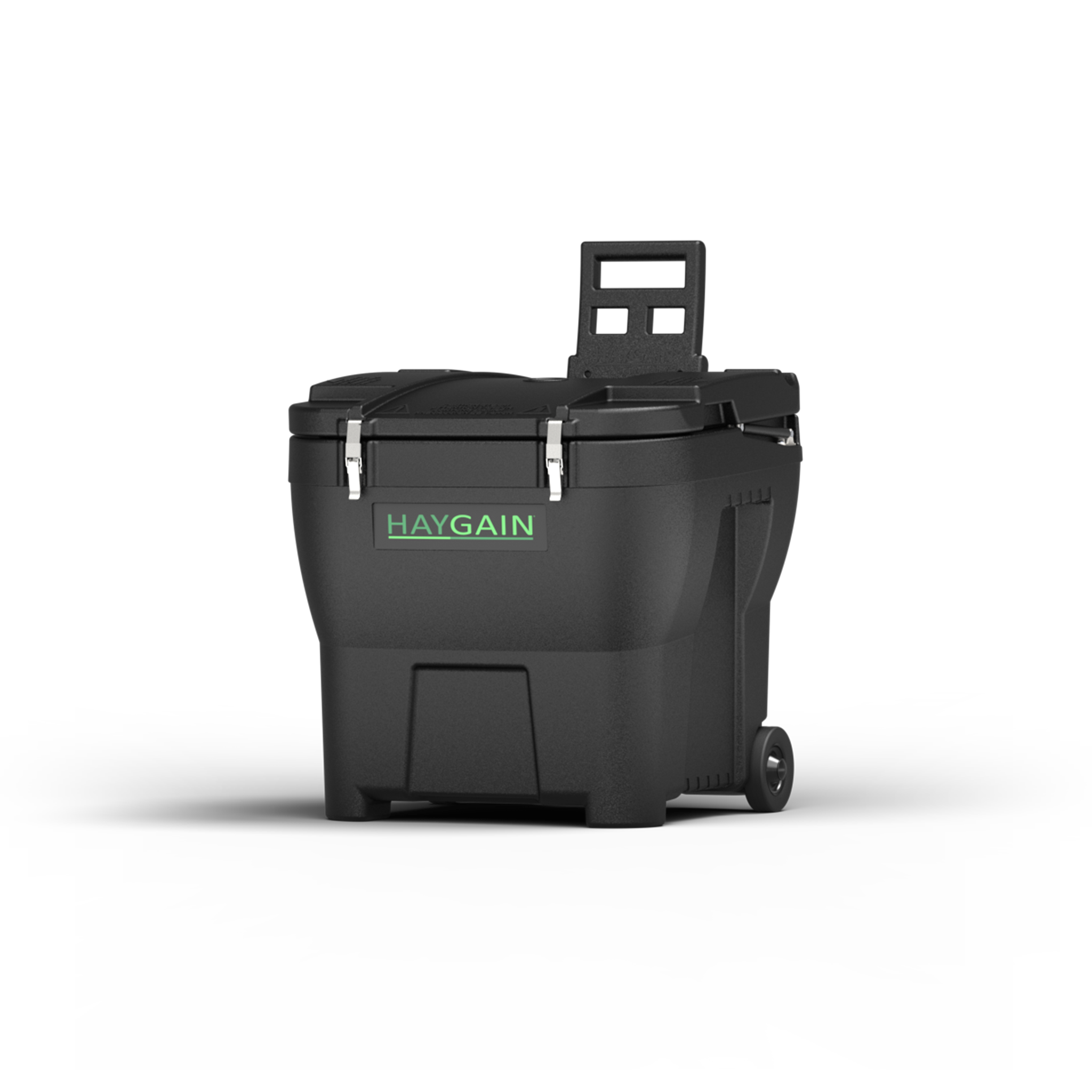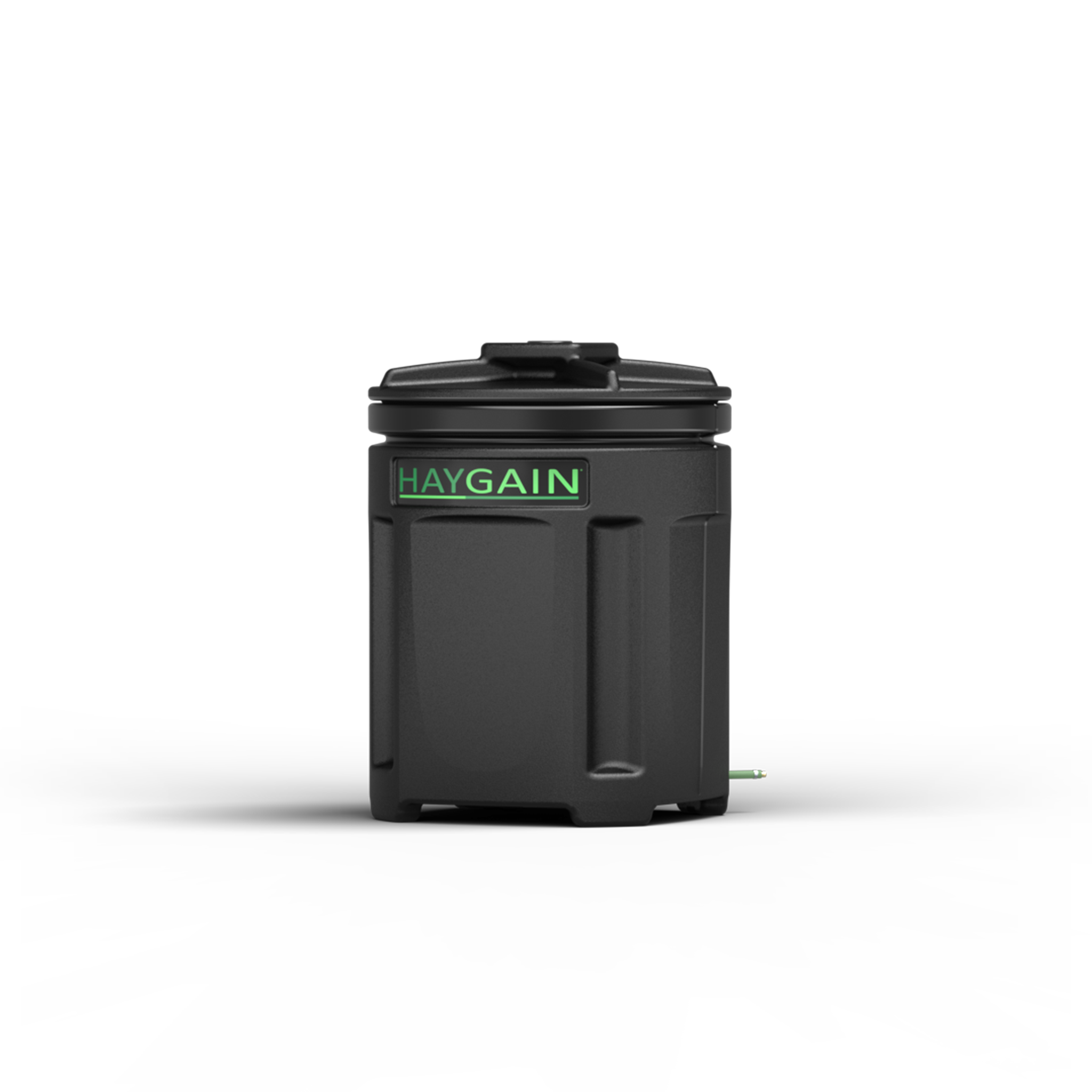How does the stable environment impact on human respiratory health?
Perhaps not surprisingly, the majority of articles about equine respiratory health focus on horses, however what about the effect on human respiratory health? Dr David Marlin tells us more.

Dr David Marlin
Scientist, 16/06/2020
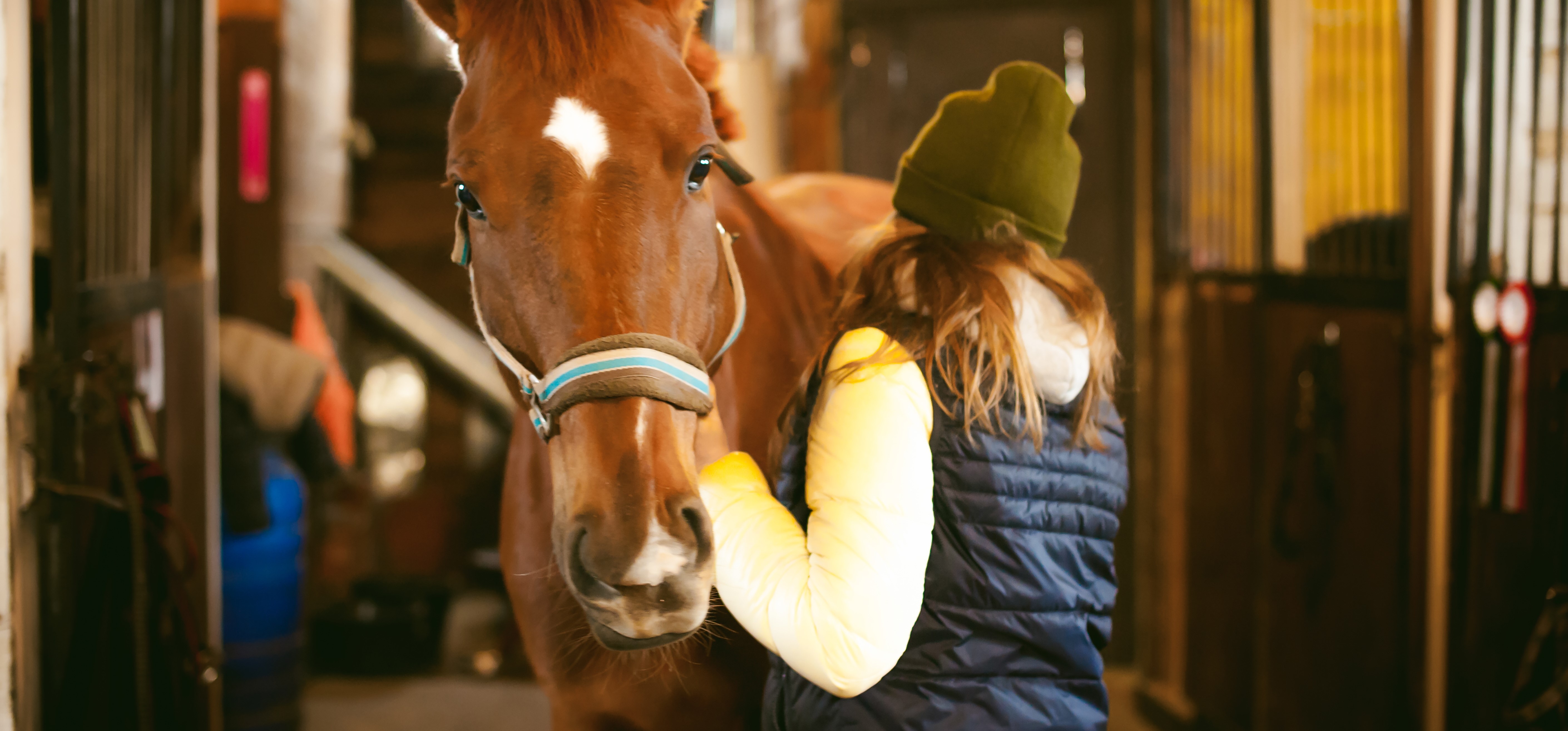
What About Human Respiratory Health?
The stable environment can have a dramatic effect on our horses health, but what about the effect on human respiratory health? We would imagine it would be a much lower impact given that most owners are not inside their horses’ stables for more than a few hours each day?
Probably the most common human allergic lung condition that is recognised as being caused by being around animals and farms is Farmer’s Lung, also known as a type of hypersensitivity pneumonitis (exaggerated allergic reaction in the lung to inhaled allergens). In the UK, it has been estimated that for every person working in the farming industry and exposed to poor air quality the rate of Farmer’s Lung is around 420-3000 per 100,000. With improved understanding of the need for good air quality and respiratory protection in recent years, the number of cases of Farmer’s Lung appears to be declining.
Exposure to large quantities of contaminated hay is the most common source of inhalational exposure for farmers who develop Farmer's Lung and in particular Thermophilic actinomycetes (mould or fungi) species include Saccharopolyspora rectivirgula (formerly known as Micropolyspora faeni), Thermoactinomyces vulgaris, Thermoactinomyces viridis, and Thermoactinomyces sacchari. These are the same species that are implicated in the development of equine COPD/RAO, which is now known as equine asthma.
So what is the risk to human respiratory health of being in the stable environment? There are actually relatively few studies on this. In 2000 I was collaborating on a number of equine respiratory projects with the group at Bristol Vet School, including equine respiratory specialist vets Danny Preedy and Sam Franklin. Through them I met human respiratory physiologist Adrian Kendrick from the University of Bristol Occupational Lung Disease Unit and human respiratory clinician Nabil Jarad of the Department of Respiratory Medicine, Bristol Royal Infirmary. We were all jointly interested in the possible impact of the stable environment and undertook the first study as far as I am aware into the respiratory health of stable staff; essentially what is referred to as occupational disease (disease acquired as a result of your work or occupation).
We visited seven different yards and took a history from 71 staff aged between 17 and 61 years followed by measurements of lung function. Of these 36 were regular smokers and had worked with horses for between 1 and 46 years. Respiratory symptoms included: wheeze, cough, shortness of breath, nasal stuffiness, runny nose and itchy eyes. 23% of the reported symptoms directly related to their work. This pilot study suggested that 1 in 4 stable staff have occupationally related symptoms, and that 1 in 3 have abnormal small airway function. The study was presented at the 2003 American Thoracic Society conference in Seattle, USA. Unfortunately we were not able to get further finding to continue this research.
More recently (2009) a group in Sweden studied 13 stable workers in winter, summer and the following winter. They found more dust in the winter, presumably because ventilation was less due to doors and windows being closed, but the bacterial toxin (endotoxin) levels were higher in summer. Two stable-workers showed signs of airway obstruction, increased inflammation relating to reported allergy, cold or smoking and reported partly work-related symptoms. Furthermore, two other stable-workers reported work-related airway symptoms. They concluded that “An improved management of the stable climate will be beneficial for the health of both stable workers and horses”.
One other factor to consider with respect to human respiratory health and the stable environment is that horse produce a protein in sweat called latherin. This protein can be inhaled on tiny droplets or as a dry dust from dried sweat in the coat. Its not uncommon to find people who are allergic to latherin. However, being a protein produced by horses latherin does not pose any risk of allergy to horses.
Many different factors will determine the risk of developing respiratory problems as a result of being exposed to horses and the stable environment. These will include genetic predisposition, the amount of type of “dust” present and how many hours a day and per week the exposure is. However, it is likely that people being exposed to stables with low air quality will have an increased risk of developing chronic respiratory disease such as asthma and that this will become more apparent in the future.
Some years back Horse and Hound ran an April Fool post showing children grooming and handling horses wearing dust masks! Based on more recent knowledge, this may now be seen as somewhat ironic.
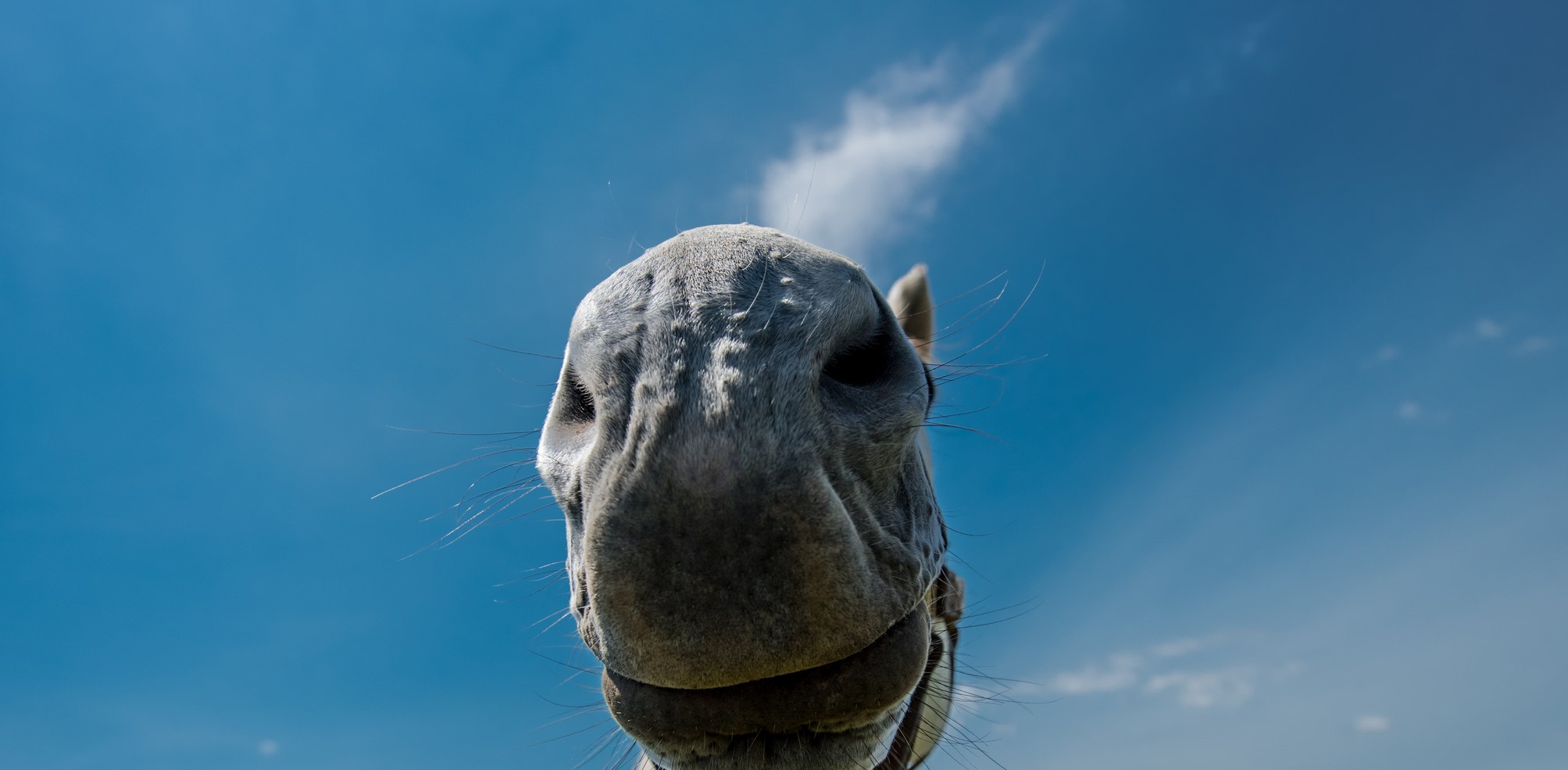
Horses and Respiratory Health
Horses can spend long periods stabled, especially in winter. And horses that are on “box-rest” due to injury breathe the air in their stable 24/7. Horses that are stabled are exposed to high concentrations of “dust” which can include mould spores, pollen, fungi, dust mites, bacteria and viruses as well as physical dust e.g. plant, sand and soil particles. All of these can be potential irritant to the airways. Another factor is that stables often don’t have the best ventilation so any dust present takes a long time to clear. Behaviour and feeding also has a major role to play in stabled horse respiratory problems. Outside when grazing pasture the horse normally spends at least 12h with its head lowered. This serves to clear inhaled dust from the airways by gravity. Contrast this with being stabled, where the head position is elevated for 99% of the day, reducing clearance of inhaled material. Combine this with the production of ammonia by bacteria from urea (the breakdown product of protein) excreted in urine and the stable environment can be quite challenging.
Of course, we have the option to manage the stable air quality as we can usually improve the ventilation (add more rugs, open the windows) and or reduce the amount of dust we bring in; 99% of the dust comes from the forage, bedding and feed we put into the stable. Similarly, virtually all the ammonia within a stable comes from bacterial breakdown of urea in urine. Urine is sterile and contains virtually no ammonia and is produced by bacteria on bedding and floors. The ammonia production is often particularly high on deep litter systems, most bedding materials (unless heat or chemically treated) and unsealed rubber mat floors where large numbers of bacteria live between and under the mats. The rule of thumb is that if you can smell ammonia, that is already at a level that will irritate airways; yours and your horses.
Unfortunately, the horse is also very bad at telling us when he has a respiratory problem. When we hear an occasional cough or see a slight nasal discharge this is often just the tip of the iceberg. Once we start to investigate possible respiratory disease we almost always find things are worse than we thought. Surprisingly, horses with moderate to severe respiratory disease can show NO clinical signs whatsoever e.g. cough, nasal discharge, temperature, increased lung sounds, obvious poor performance. This tends to lead us into a false sense of security and think that our horses’ respiratory health is better than it actually is.
How can Haygain Help?
The particles found in forage have a harmful effect on the stable environment and is one of the greatest causes of respiratory problems in horses. Haygain hay steamers eliminate up to 99% of dust, bacteria, fungi and mould in hay and haylage which not only improves your horses respiratory health but can have a positive effect on a humans respiratory health as well.
ComfortStall also offers great respiratory health benefits by eliminating the need for deep dusty beds and preventing the build up of harmful ammonia gases that build up under standard rubber mats.



